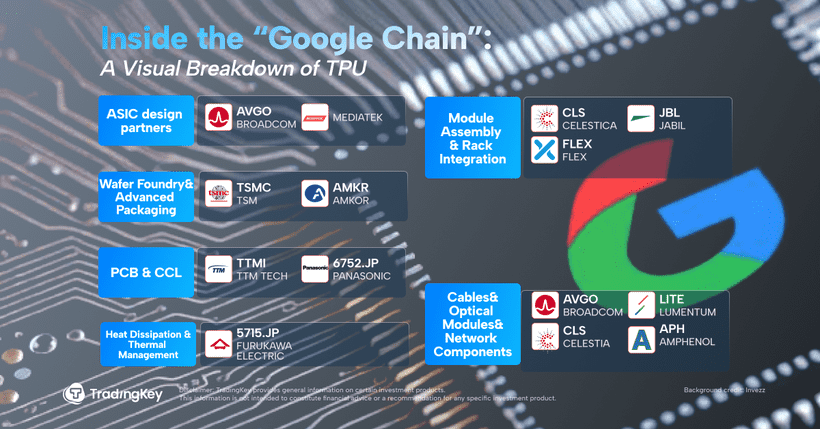Intel’s Make-or-Break Moment: First 18A Chip Debut Sets Stage for Comeback

TradingKey - As Intel (INTC) struggles to turn around its fortunes, the company unveiled on Thursday its first AI PC chip built on the next-generation 18A process node — a pivotal moment not only for Intel’s technological revival but also for the broader resurgence of U.S. semiconductor manufacturing.
On Thursday, October 9, Intel revealed key details of its first-ever 18A-process chip, marking a breakthrough in producing the most advanced semiconductor technology in the United States. The processor, codenamed Panther Lake, is based on Intel’s 1.8-nanometer-class node — one of the industry’s most advanced process technologies.
The new chip delivers:
- 15% improvement in power efficiency over the previous-gen Arrow Lake (built on Intel 3)
- 30% higher transistor density
- 50% better performance at the same power level compared to Lunar Lake
This flagship product is already in production at Intel’s Fab 52 facility in Arizona and is expected to begin shipping by year-end, with commercial availability slated for January 2026.
A Make-or-Break Moment for Intel
The 18A process represents the most advanced semiconductor manufacturing technology developed and produced in the U.S. For Intel, success here is critical to regaining credibility with customers and reclaiming leadership in chip innovation after years of delays and setbacks.
Intel emphasized that it has finally overcome long-standing technical barriers in developing faster, more efficient chips — the result of years of R&D investment and strategic redirection.
Kevin O’Buckley, Senior VP of Intel Foundry, said that this is the most advanced semiconductor technology being manufactured on Earth today. But they know they have a long way to go to deliver trust for our customers.
Foundry Ambitions: Can Intel Compete with TSMC?
Alongside launching its own 18A-powered products, Intel is also showcasing its ability to manufacture cutting-edge chips for external clients — a core part of its foundry business turnaround.
Currently, TSMC dominates the global advanced semiconductor market, holding over 90% share among customers like Apple, Google, Qualcomm, and Broadcom. In contrast, Intel’s foundry division has posted billions in quarterly losses over the past two years.
Now, the spotlight turns to whether major players like Nvidia, Apple, or Qualcomm will test and validate Intel’s 18A output — a prerequisite for securing future orders.
Ben Bajarin, CEO of consultancy Creative Strategies, noted this evaluation process could take 6 to 8 months.
High Stakes: A $32 Billion Gamble
To prove that U.S.-based manufacturing can rival TSMC, Intel has invested $32 billion into building two of the world’s most advanced fabs in Arizona — roughly half of its 2024 annual revenue.
The Financial Times pointed out that the success of the 18A rollout must be compelling enough to convince customers to pre-order chips based on the next node — 14A, expected in 2028. Failure to impress would deal a devastating blow to Intel’s multi-billion-dollar bet and risk plunging the company back into crisis.
Bajarin stressed that Fab 52 has very little room for error. If the chips perform well, it sends a strong signal: the market should start taking Intel Foundry seriously again.
Leadership Under Pressure: New Hope in Lip-Bu Tan
Former CEO Pat Gelsinger championed Intel’s comeback vision, but failed to deliver visible progress. Now, hopes rest on Lip-Bu Tan who took over as CEO in March 2025.
Since then, Tan has aggressively pursued external support:
- Secured investments from SoftBank and Nvidia
- Strengthened ties with the U.S. government, which holds a 10% stake in Intel
Some analysts had speculated Tan might spin off or sell Intel’s manufacturing arm. But the government’s involvement has effectively transformed Intel from a “too big to save” firm into a “too big to fail” entity — where national security interests may help secure customers, even through political pressure.







